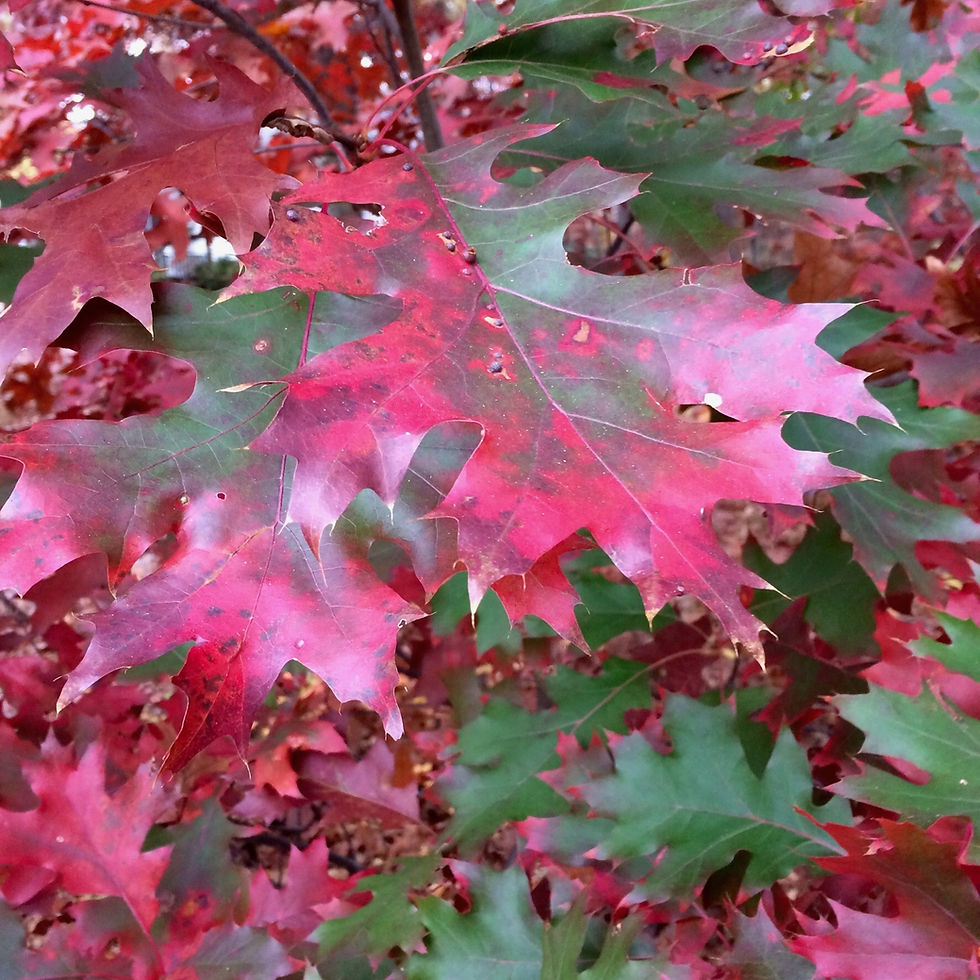Native Plant of the Week: American Hornbeam
- Kimberly Simmen
- Feb 26, 2024
- 1 min read
Family: Betulaceae
Name: Carpinus caroliniana
Bloom Time: March-May
Flower: Golden yellow catkins
Fruit: Nutlet
Fruit Harvest Time: Fall
Soil Condition: Moist, occasionally wet, handles a good amount of drought, well drained
Light: Partial shade to full shade
Size: 20-30' tall by 20-35' wide
Native Range: Eastern United States including Long Island
Zone: 3-9
The American hornbeam is a spectacular tree for shady spaces and an excellent tree for wildlife habitat and food. Golden yellow catkins in the spring become edible nutlets in the fall. It is monoecious (male and female flowers on the same plant) so no need for a partner. The fall color is lovely orange and burgundy. It is a slow grower putting on about twelve inches of growth per year.

Photo (KMS Native Plants: foliage
Maintenance: Almost no maintenance. It will need deep watering once a week during drought conditions. It tolerates drought but does not want to be consistently dry. It also performs well as a living fence. Of course, then it will need regular pruning.
Benefits: Host plant to Eastern Tiger Swallowtail, Red-spotted Purple, and Striped Hairstreak butterflies. Nectar source. Excellent wildlife food source. Moderately deer resistant. Black walnut tolerant. Resistant to urban conditions and wind.
Fun Facts: European settlers used wood for bowls and dishes, ox yokes, and tool handles.
Companion Plants: Hamamelis virginiana (witch hazel), Lindera benzoin (spicebush), Cornus florida (common dogwood), Carex pensylvanica (oak sedge)
=============================================================
References:











Comments